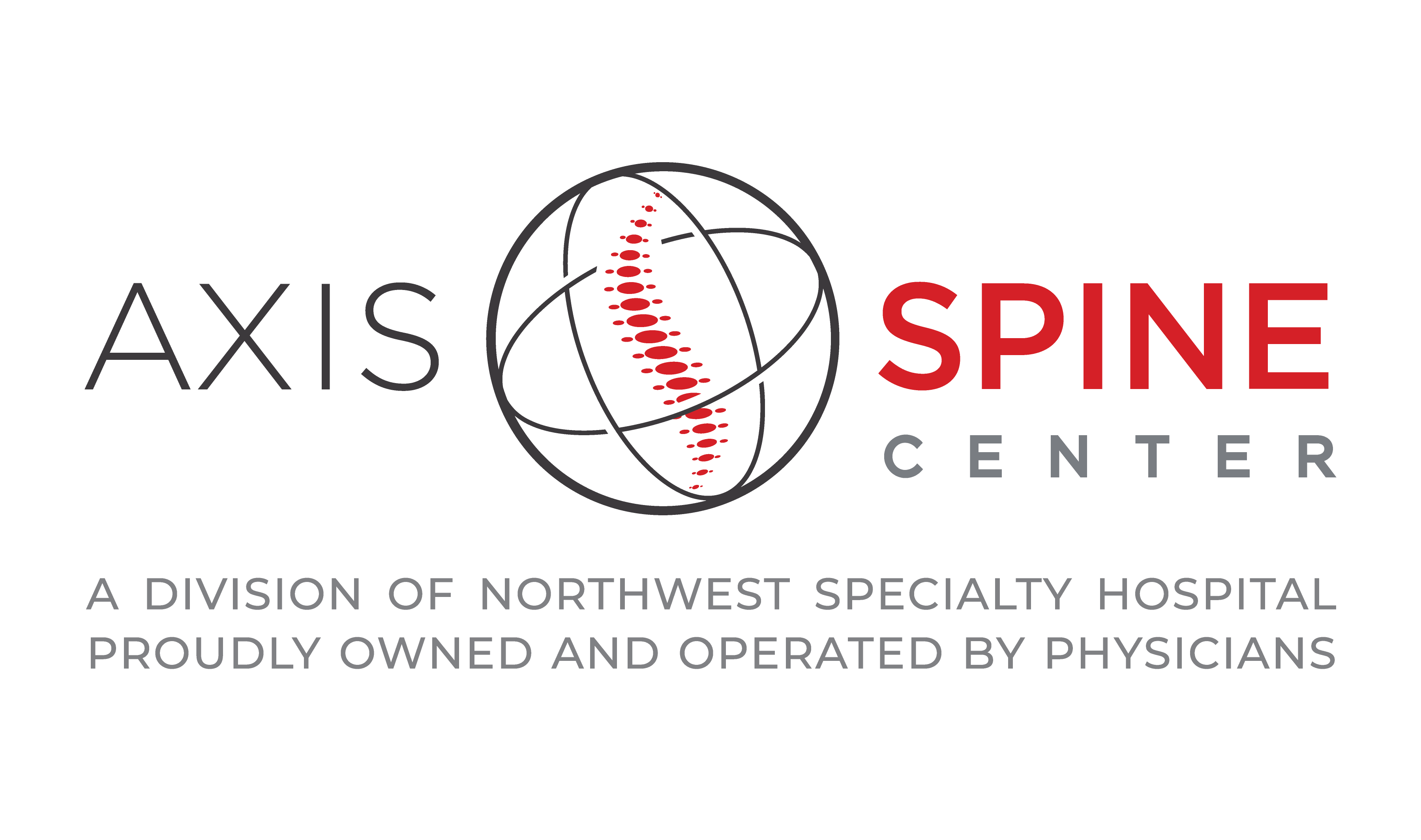Treating VCFs With Vertebral Augmentation
Vertebral compression fractures (VCFs) are often treated through conservative therapies before more intensive treatments are considered. Among others, these therapies may include bed rest, pain medication, muscle relaxants, external back braces, and physical therapy. If there is little or no pain relief achieved from conservative methods, you may be a candidate for vertebral augmentation.
This minimally invasive procedure is done on an outpatient basis and usually only requires a local anesthetic and mild sedation, which eliminates many of the complications that result from open surgeries. For many patients, vertebral augmentation is very effective and is covered by Medicare and most private insurers.
Symptoms and Causes
Common symptoms of vertebral compression fractures may include:
- Acute back pain with or without an injury or fall
- Intense midline pain
- Referred or band-like radiating pain (not to the legs)
If you are included in the following groups, you have an increased risk for vertebral compression fractures:
- Elderly
- Osteoporosis
- History of osteoporotic fracture(s)
- Female
- Low weight
- Steroid use
- Lack of exercise
- Smoker
- Calcium/vitamin D deficiency
- Cancer

Benefits of Vertebral Augmentation
The overall success rate for vertebral augmentation in treating osteoporotic fractures is approximately 85% to 90%. There is also a low complication rate for this alternative procedure, making it an excellent option for many patients. Patients often experience rapid and sustained pain relief, along with increased mobility and improved quality of life.
